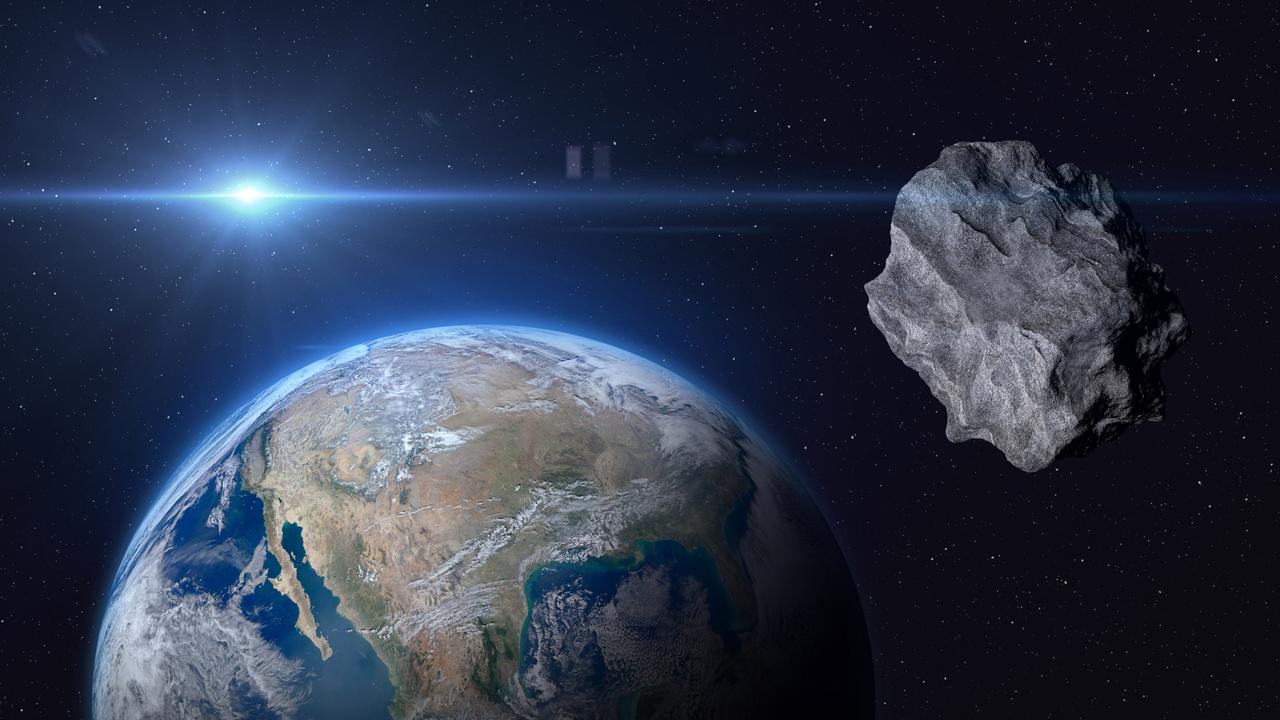NASA provides update on ‘lost’ asteroid large enough to devastate earth
The US space agency has provided an update on a 54 million-ton asteroid after reports there was a chance it could hit earth this year.

Crisis averted!
A 54 million-ton “lost” asteroid large enough to devastate regions of the planet will not hit Earth in 2024, NASA says.
The US space agency issued the good news after Britain’s BG News published a report claiming there was a 1 in 10 million chance of 2007 FT3 slamming into the planet on March 3 and a 1 in 11.5 million chance of a collision on October 5.
The 300m asteroid was first spotted in 2007 before disappearing from the view of astronomer’s telescopes, but scientists were still able to collect enough information to calculate the risk of 89 potential impacts with the Earth this year, according to NASA data.
As the potential collision dates grew closer, officials clarified in a statement to The Standard that there are “no known asteroid impact threats to Earth at any time in the next century”.
“NASA and its partners diligently watch the skies to find, track, and categorise asteroids and near-Earth objects (NEOs), including those that may come close to Earth,” a spokesman reportedly said.
The 2007 FT3 space rock remains unaccounted for, which is good news because if it were currently hurling towards the planet, NASA would be aware.

“An important note here is planetary scientists define asteroid approaches that come within 30 million miles of Earth’s orbit as close approaches,” the statement continued.
The missing asteroid was far smaller than the 16km-wide Chicxulub asteroid credited with causing the cataclysmic impact believed to have wiped out the dinosaurs when it slammed into Mexico’s Yucatán peninsula 66 million years ago, but it would be large enough to cause regional devastation.
There is, however, a 1 in 2700 chance that Bennu, a small near-Earth asteroid, will collide with Earth in 2182, if it passes through a “gravitational keyhole” in 2135, according to NASA.
The National Aeronautics and Space Administration collected samples from the 4.5 billion-year-old carbon-rich space rock last year in an attempt to help scientists unlock the secret to the origins of life on Earth.
In 2022, NASA successfully crashed a spacecraft into an asteroid at 24,000km per hour in a test run to prepare for deflecting a massive space rock that was actually threatening Earth, a scenario that comically went awry in the 2021 sci-fi satire Don’t Look Up.
This article was originally published by the New York Post and reproduced with permission





